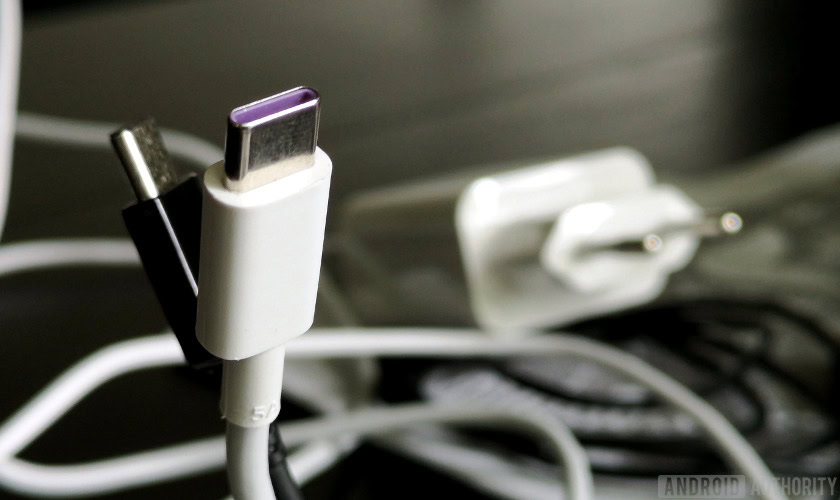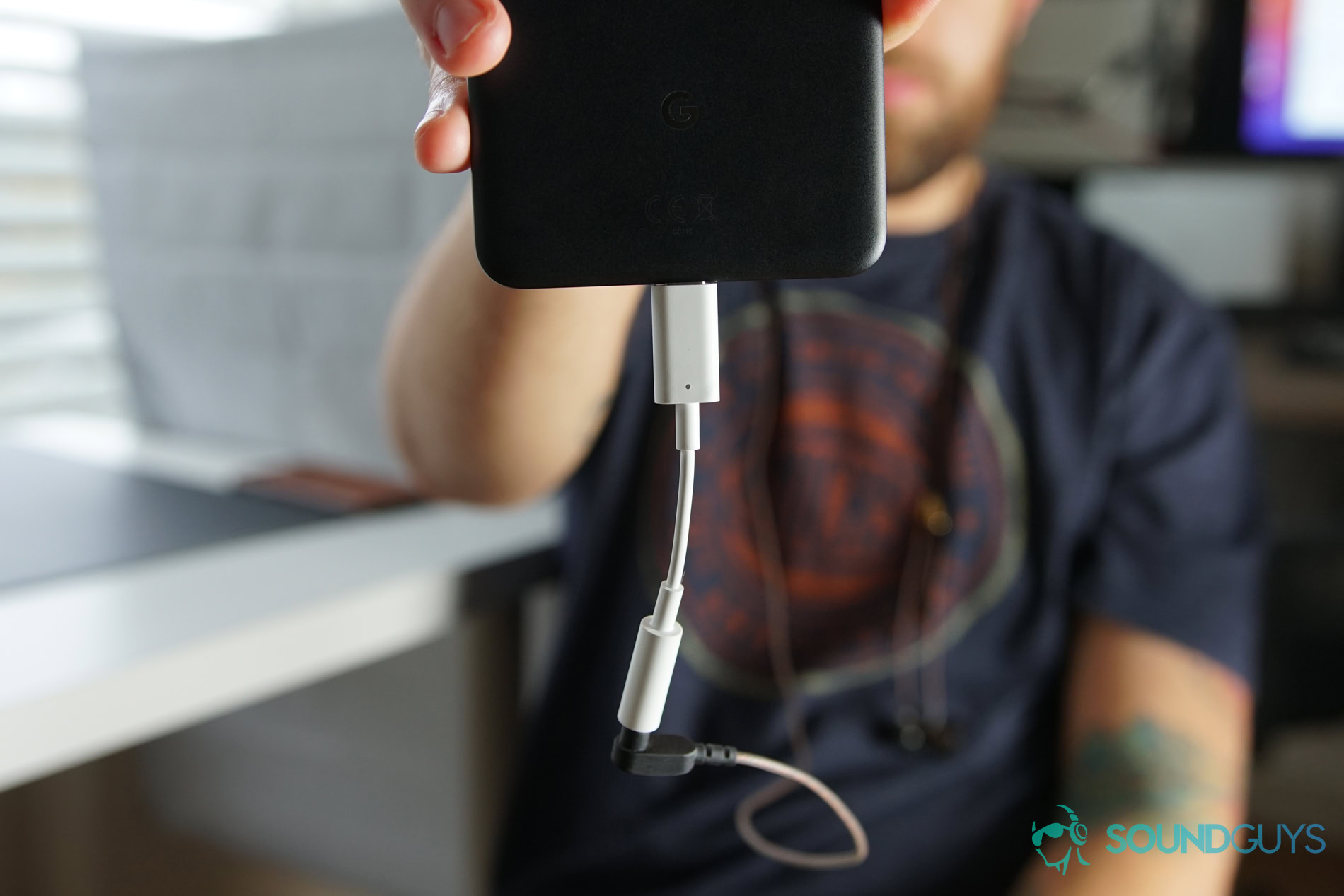Affiliate links on Android Authority may earn us a commission. Learn more.
USB 3.2 introduced to make USB branding even more confusing
February 27, 2019

The USB Implementers Forum (USB-IF) has formally introduced USB 3.2 at MWC 2019 (via Tom’s Hardware). The upcoming format, which will offer double the current maximum USB data transfer speeds to deliver up to 20GB per second, has brought around a rebrand for USB 3.1 products.
USB 3.2 will be known by the technical name USB 3.2 Gen 2×2 seeing as it makes use of two high-speed 10 Gbps channels. It succeeds USB 3.1 Gen 2, which will now be called USB 3.2 Gen 2, while the previous USB 3.1 Gen 1 will be renamed USB 3.2 Gen 1.

It’s a confusing name change, particularly as USB 3.1 Gen 1 also used to be called USB 3.0. However, USB-IF has suggested some marketing terms that may make the products easier to understand, if manufacturers adopt them. These are:
- SuperSpeed USB 20Gbps (USB 3.2 Gen 2×2)
- SuperSpeed USB 10Gbps (USB 3.1 Gen 2)
- SuperSpeed USB (USB 3.1 Gen 1, which tops out at 5Gbps)
How will USB 3.1 Gen 2×2 affect smartphone users?
USB 3.1 Gen 2×2 only works with USB-C, which most new Android smartphones will have, but we’ll need to wait for next-generation chipsets to benefit from it. The Qualcomm Snapdragon 855, which will power many 2019 flagship phones, only supports 10Gbps transfer speeds via the newly named USB 3.1 Gen 2.
However, even once the supporting technology is there, this is probably isn’t something smartphone owners need to worry too much about it. Few Android users will transfer large enough files to really take advantage of the 20Gbps connection. It’s more something that power users on a laptop or desktop would make use of.
Read next: Understanding different types of USB cables
Thank you for being part of our community. Read our Comment Policy before posting.